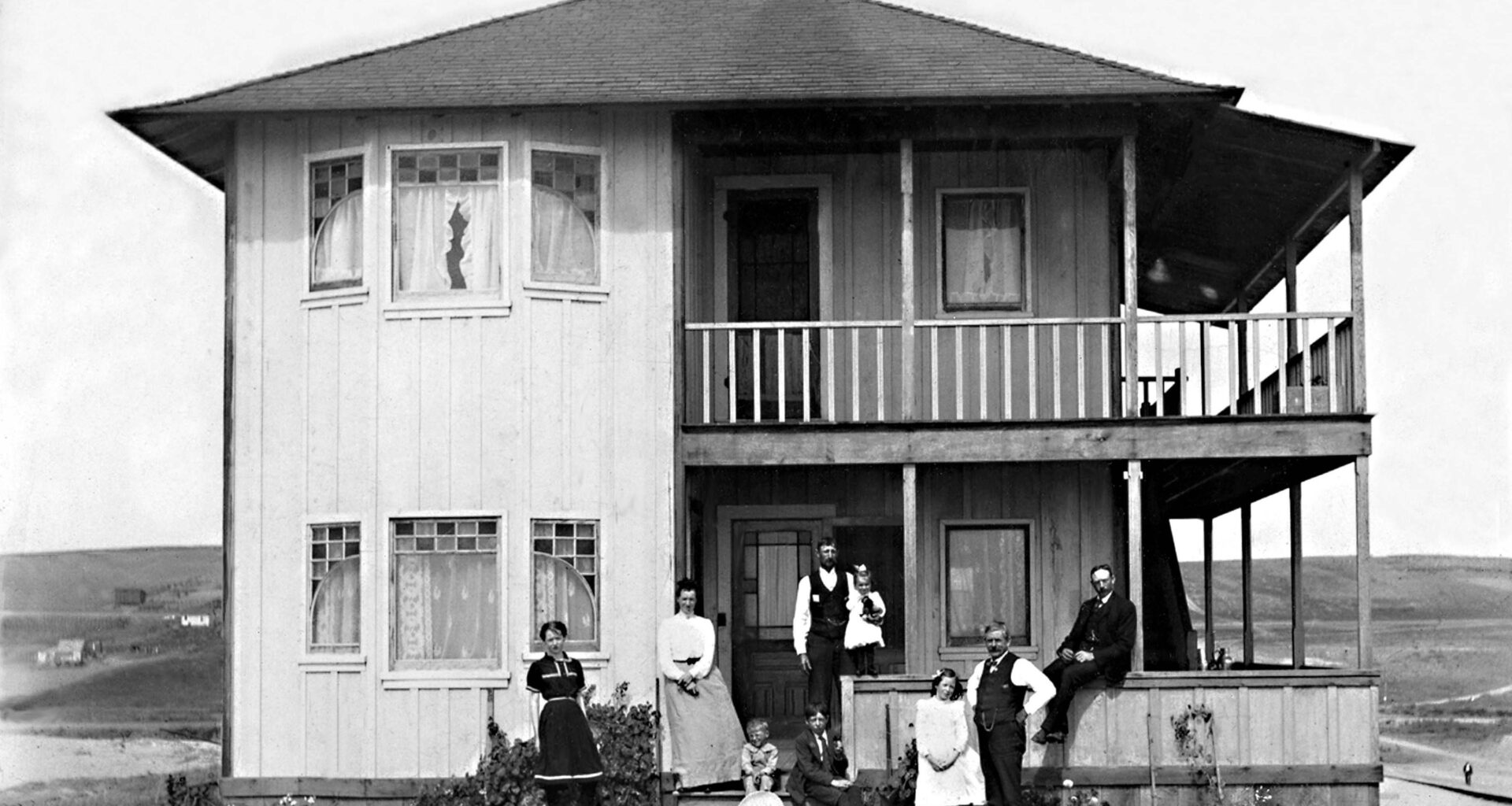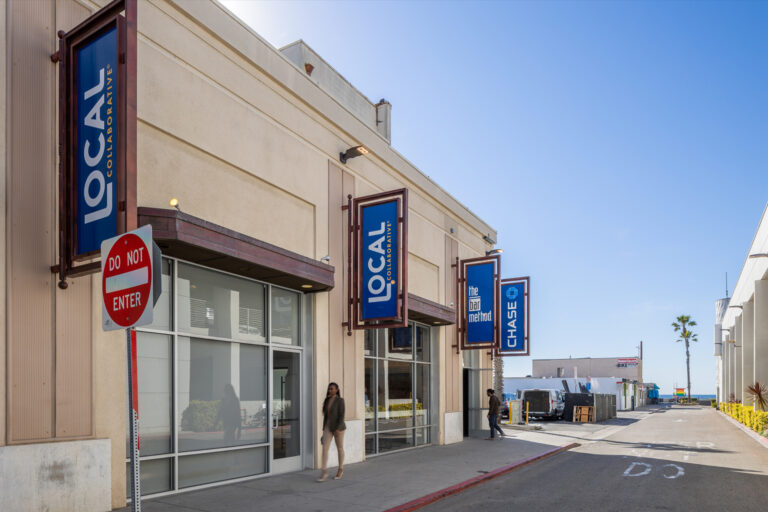The Hill House: The First Home Ever Built & the Early History of Hermosa Beach
Although given the name of “Hermosa” by early developers (“beautiful” in Spanish), the earliest years of Hermosa Beach were described as far from beautiful. Once referred to as a collection of bare sand dunes, the area was subject to the unrelenting wind that whipped across the dunes and made life miserable for even the most resilient pioneer.
Early settlers traveled west with hopes of dreamy vistas only to find bleak sand dunes and hills covered with barley. Some enterprising folks, however, saw great possibilities and started making plans.
Ben Hiss, a local entrepreneur, and budding real estate developer provided crucial services for the slowly growing town and used horses and wagons to deliver provisions over the dunes to townspeople. Ben Hiss often received payment in the form of parcels of raw land, and many of the early subdivision maps of Hermosa Beach show numerous tracts identified with the name Hiss.
John Hiss, the first baby born in Hermosa Beach, was born in Hill House on November 9, 1905, followed by other Hiss family members. Ben Hiss continued his efforts to build the city and was responsible for organizing a petition for the incorporation of Hermosa Beach. In 1907, Hermosa Beach became the nineteenth incorporated city in Los Angeles County.
The first Hermosa Beach downtown area was considerably quieter than the downtown of the present day and consisted simply of a post office, grocery store, and the Kerwin Bakery and Lunch Room, all located near the corner of Pier Avenue and Hermosa Avenues.
The first Hermosa Pier was built in 1904, made entirely of wood, and extended five hundred feet out into the ocean. The Pier was partly washed away during a storm in 1913, and then later town down completely. Eventually, a new concrete pier was constructed and paved with asphalt.
The only transportation system through Hermosa Beach was the Santa Fe Railway. Although there was no actual railway station, a platform was built seven blocks from the beach on Pier Avenue (then called Santa Fe Avenue).
The Boardwalk was the first version of the modern-day Strand and was built in 1908. However, it lacked a sea wall protecting it from the many winter storms and was rebuilt many times until the first concrete Strand was constructed.
Soon, Hermosa Beach started gaining a reputation as a blossoming “resort town,” and in 1910, ocean view lots went from $105 to $350, with just $5 down and $5 per month. Residents numbered almost 3,000, and Hermosa claimed to be the safest city on the West Coast, advertising, “30 miles of paved streets.”
With the opening of the First Bank of Hermosa, and the Hermosa Grammar School accepting enrollment, Hermosa Beach’s future looked promising and truly beautiful.
Fun Facts:
- Of the three beach cities, only Hermosa Beach owns its beach. The other two cities’ beaches are owned by the County of Los Angeles.
- Hermosa Avenue was the first street to be paved in early Hermosa.
- The Vetter Windmill was erected in 1907 by Herman Vetter to provide irrigation for his flower farm.
- Charlie Chaplin had a summer home located at 32 Tenth Street.
- Clark Gable and Carol Lombard spent their honeymoon at 4 The Strand.
Photography: Courtesy of the estate of Roger Creighton


